
The new Asia branch of Miksang Contemplative Photography is delighted to announce its workshop dates in Kyoto for spring 2020.
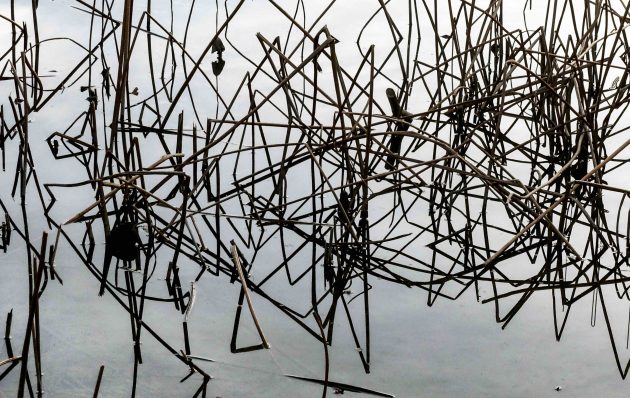

The practice of Miksang contemplative photography is “seeing”—the unambiguous and direct visual understanding of things as they are in their own ordinary nature. Miksang means “good” or “pure eye” in Tibetan and was developed by Michael Wood and Julie DuBose.
In order to see deeply, we must relax our dependence on memory, projection, formula, or the conceptual. Those things only cloud our seeing and get in the way of fresh perceptions that arise naturally when our minds are open, clear and still. Seeing is spacious, delightful and nonaggressive; it cannot occur when we are thinking, impulsive, distracted, moving too fast or ambitious. Instead, we cultivate stillness, open our eyes with our awareness turned outwards and connect to the world with our heart. This is an opportunity for opening your “good eye” here in the beautiful ancient capital of Japan.
Read more at the Miksang Institute website
Read Kyoto Journal’s interview with the founders of the Miksang course, Julie DuBose and Michael Wood.
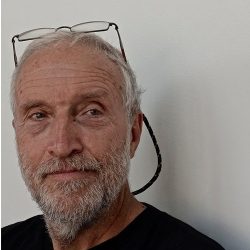 John Einarsen
John Einarsen
John is the founder and publisher of Kyoto Journal and recipient of the Japanese government’s Cultural Affairs Agency award. He encountered Miksang technique in 2010 and has exhibited his photography around Japan and overseas—most recently Portland Japanese Garden. He has produced several books including Kyoto: The Forest Within the Gate, Small Buildings of Kyoto, Zen in Kyoto (Tuttle), and In the Realm of the Bicycle.
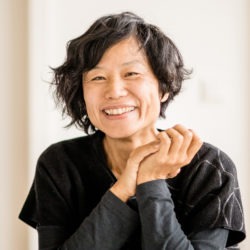 Mitsue Nagase
Mitsue Nagase
Born in Japan, Mitsue spent a substantial part of her adult life in North America. She has been studying Miksang since 2010 and became a certified instructor in 2017. Today she shares her passion with others: to interact with the world through photography. She enjoys assuming the role of a “bridge” between Western and Japanese cultures by coordinating and guiding custom tailored tours to Japan, and through her involvement in other art related projects.
Course description: In “Making Contact” we begin the process of relaxing our habits, agendas and preconceptions in order to see the world as it truly is—in a more direct, intimate way. At first, we begin to differentiate between fresh seeing and our usual habitual ways of seeing. It will become apparent that seeing more deeply lies on the other side of boredom, and this is one way we can cut through our habitual ways of labeling and judging, or fit. And the joy of discovering “THAT-ness” will emerge.
In this workshop we learn:
The training exercises include:
Dates: May 27th-31st, 2020 (Orientation evening is 18:00-19:30 on Friday 27th. Subsequent four days are full instruction days running 9:30-17:00)
Venue: International Community House, Kyoto
What you need: Digital Camera, Laptop computer, USB drive (basic knowledge and skill to use your own digital camera, basic program to edit your own photographs, and the way to share images with class is required)
Required Reading: “Opening the Good Eye Companion.” This PDF covers all the essentials of Miksang clearly and concisely. Available here: https://www.miksang.com/opening-the-good-eye-book-companion/
Course fee includes “Opening the Good Eye Companion.” After registration, PDF version will be sent to each participant.
Daily schedule:
9:30-11:30: lecture, exercises and assignment
11:30-14:00: Shooting the assignment and individual lunch
14:00-15:00: editing of photographs
15:00-16:45: Viewing photographs and discussion
Course fee: US$500 (Please see further down the page for confirmation of what this includes, payment schedules)
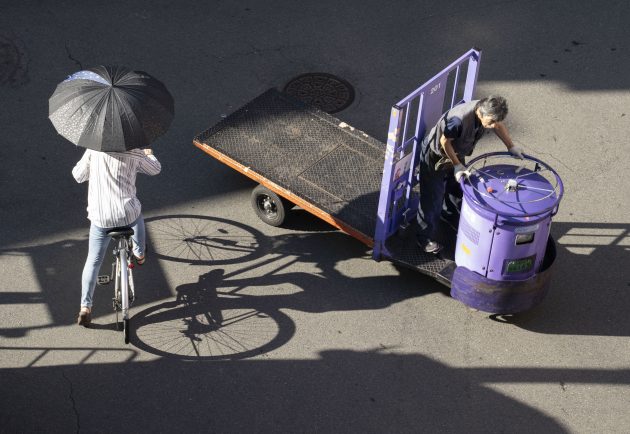
*This course is open to those who have already taken the Making Contact level one course. Please indicate on your signup form where and when you have taken it.
Course description: This course is about the “heartbeat” of perception, the non-static, transient moments that are all around us. We practice becoming more sensitive to such a moment when it arises and are able to recognize and synchronize ourselves to it. Every photograph we take is of a moment, takes place in a moment. There is no easy way to approach this other than to be completely receptive and have our awareness turned out. We learn to use our intuition and “feel our way” into these situations.
Dates: June 2nd-4th, 2020 (Three full instruction days, running 9:30-17:00. There is no orientation.)
Venue: International Community House, Kyoto
What you need: Digital Camera, Laptop computer, USB drive (basic knowledge and skill to use your own digital camera, basic program to edit your own photographs, and the way to share images with class is required
Required Reading: “Opening the Good Eye Companion.” This PDF covers all the essentials of Miksang clearly and concisely. Available here: https://www.miksang.com/opening-the-good-eye-book-companion/
Daily schedule:
9:30-11:30: lecture
11:30-14:00: Shooting the assignment and lunch
14:00-15:00: editing of photographs
15:00-16:45 Viewing photographs and discussion
*On our first day, we will spend some time in the morning, refreshing what we have learned during “Making Contact” workshop.
Course fee: US$350. (Please see further down the page for confirmation of what this includes, payment schedules)
*We offer a discount of $100 for participants taking both level one and two courses in Kyoto together in 2020.
Our apologies: We mentioned in our newsletter that we were looking to run our first workshop in Sanur, Bali, the Level One course (Making Contact: Relaxing This, Discovering That) – the host has had to cancel.
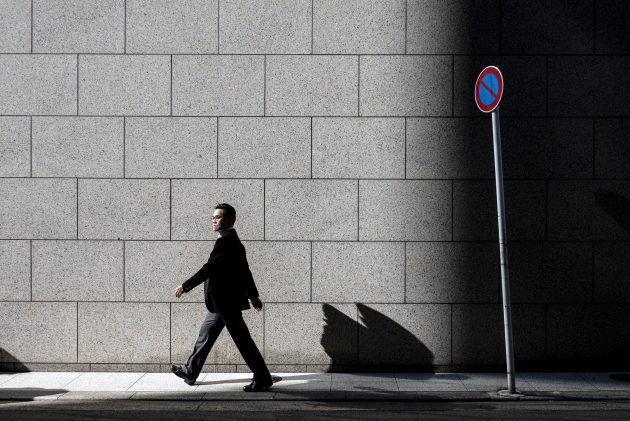
A 20% non-refundable deposit is required to secure your place , with the remaining amount due 4 weeks before the workshop starts.
We accept payment through PayPal, credit card or bank transfer in US dollars.
Group size and deposit: The workshop will run with a minimum of 4 participants who have registered and secured their place with a deposit by Friday, February 28th, 2020. The maximum is 12.
What is included? The workshop fee includes instruction by two Miksang Institute-certified teachers for 7-8 hours per day. Level One course also includes PDF materials.
What is not included? Any flights, accommodation, travel to the venue, meals.

READY TO SIGN UP? PLEASE FILL OUT THIS FORM
*We will try to keep this page updated regularly as to workshop availability. Please do not assume you have a place and book flights until you have heard from us!
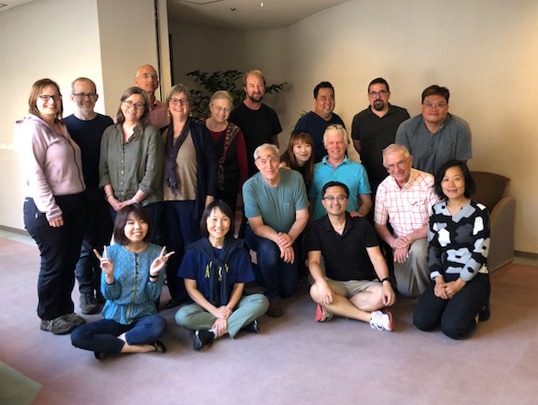
FAQs
How much cash should I bring?
As Japan is a cash-based society, please bring enough cash to cover your lunches/snacks, taxi or bus journeys to the venue (around ¥3,000 a day should be enough for these things).
Where should I stay in Kyoto?
Kyoto is not a large city and so it is hard to go wrong, and there are countless accommodation options these days, but if you are unsure feel free to send us an email. If you wish to consider the area around Int’l Community House, the venue for this workshop: the atmosphere here is laid-back and though rather crowded during the peak seasons, there are charming residential streetscapes, the lush green Okazaki Park, a number of temples including Nanzenji and tranquil venues like Murin’an Gardens. There are a number of small local restaurants and cafés to enjoy, and buses whisk you into the centre in less than 15 minutes. We can also recommend bicycle rental – just ask.
For inquiries, please contact Mitsue Nagase or John Einarsen at: miksangkyoto@gmail.com

Advertise in Kyoto Journal! See our print, digital and online advertising rates.
Recipient of the Commissioner’s Award of the Japanese Cultural Affairs Agency 2013